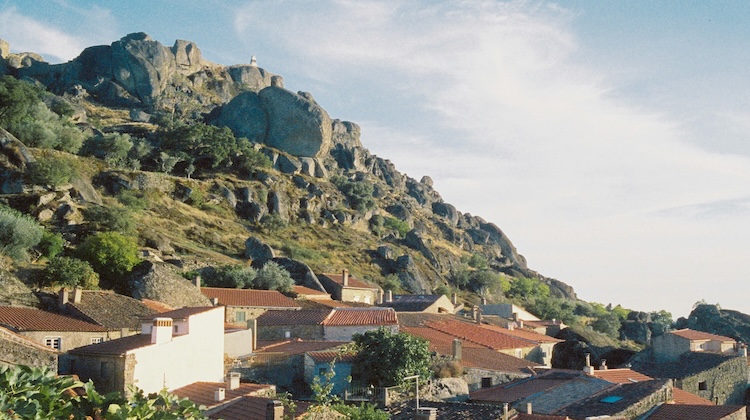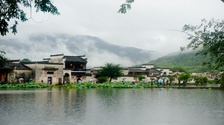1. Monsanto (Castelo Branco)
Why visit: Known as the ‘most Portuguese village in Portugal’, Monsanto is built among huge granite rocks, with houses built into the stones.
Attractions: Medieval castle, trails with incredible views, and unique architecture.
What to do:
Walk through the historic centre with houses embedded in stone.
Climb up to Monsanto Castle at sunset.
Local experience: Talk to locals about rural life (some open their houses to visitors).
Typical gastronomy: Migas de couve with sausages, sheep's cheese, Beira Baixa wine.
2. Piódão (Serra do Açor)
Why visit: Historic village with schist houses, perched on the mountainside.
Attractions: Narrow streets, old churches, and unspoilt nature.
What to do:
Walk through the cobbled alleys of the historic village.
Visit the Mother Church and the viewpoints of the mountains.
Local experience: Dinner with locals (some houses offer typical meals).
Typical cuisine: Chanfana (goat's meat roasted in wine), stuffed pork belly, corn bread.
3. Marvão (Alentejo)
Why visit: Medieval walled village on top of a mountain range with breathtaking views.
Attractions: Castle, municipal museum, hiking in the São Mamede mountains.
What to do:
Climb up to Marvão Castle with views over the mountains.
Light hike along the trails of the Serra de São Mamede.
Local experience: Tasting olive oil and regional liqueurs.
Typical gastronomy: Açorda alentejana, stewed wild boar, Nisa cheeses.
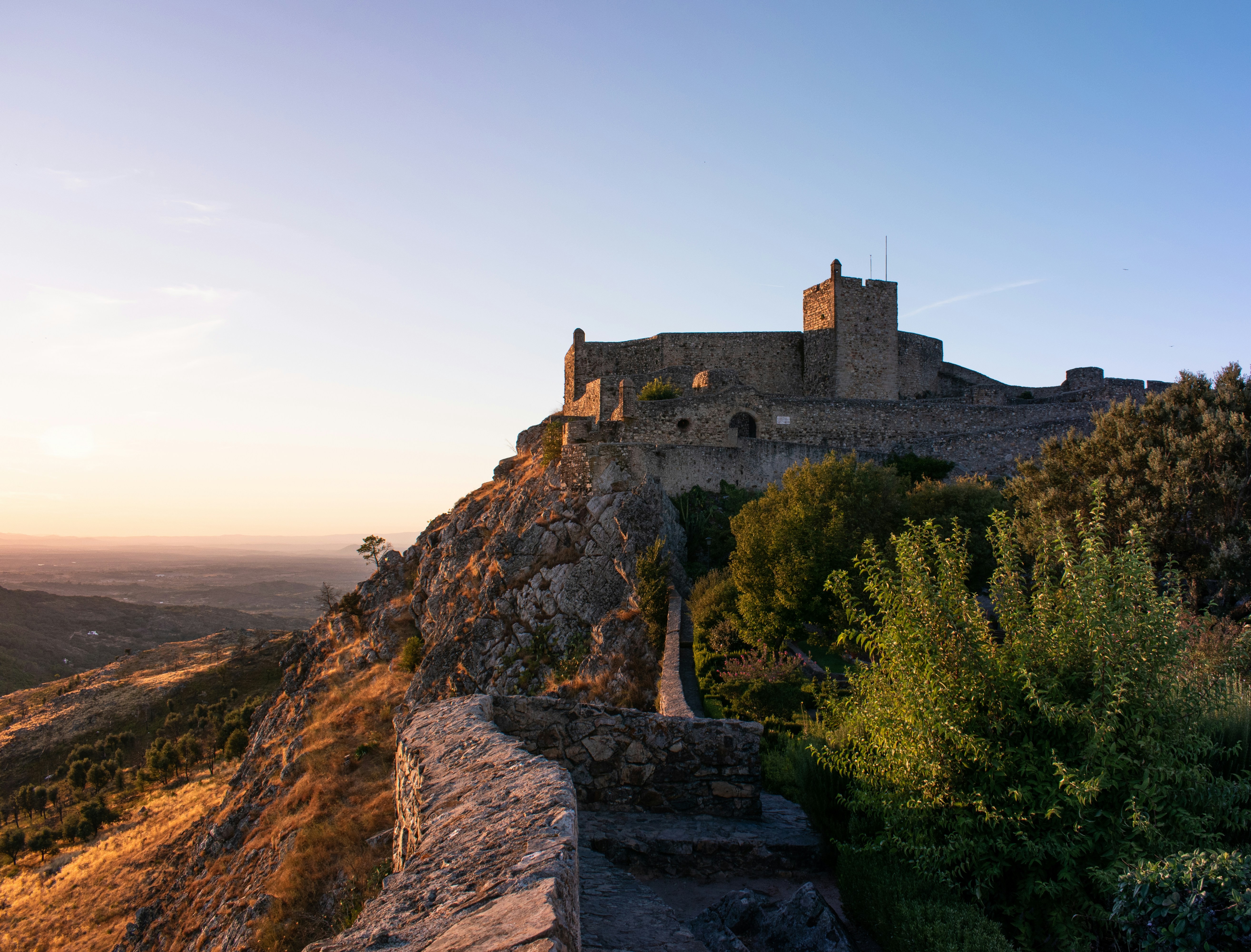
4. Vila Nova de Milfontes (Alentejo Litoral)
Why visit: Less well known than the Algarve beaches, it has stunning beaches and a river for water sports.
Attractions: Beaches, Alentejo cuisine, peaceful atmosphere.
What to do:
Relax on the beaches of the Alentejo Litoral (such as Praia das Furnas).
Kayaking on the River Mira.
Local experience: Surf lesson or boat trip along the estuary.
Typical cuisine: Grilled fish, razor clam rice, almond tart.
5 Almeida (Beira Interior)
Why visit: Star-shaped fortress town with strong historical importance in the Napoleonic invasions.
Attractions: Fortifications, historic centre, military museums.
What to do:
Explore the Star Fortress
Visit the Historical-Military Museum
Discover the historic centre
Take part in the historical re-enactment of the Siege of Almeida (if it's in August)
Go for walks and hikes around the town
Typical gastronomy:
Oven-roasted kid
Chestnut soup
Regional sausages with greens
Beira Interior DOC wine
Don't miss the traditional sweets such as cavacas, dried cakes, and corn porridge.
6. Castelo Rodrigo (Guarda)
Why visit: One of Portugal's historic villages, with preserved ruins and walls.
Attractions: Castle ruins, viewpoints, Templar history.
What to do in Castelo Rodrigo:
Stroll around the castle ruins.
Taste conventional sweets.
What to do in Almeida (in the afternoon):
Walk along the star-shaped ramparts.
Visit the military museum.
Local experience: Night lantern tour of Castelo Rodrigo (some local companies offer this).
Typical gastronomy: Bacalhau à lagareiro, chestnut soup, Beira Interior wines.
7. Belmonte (Centre)
Why visit: Pedro Álvares Cabral's birthplace, with a strong Jewish legacy.
Attractions: Jewish Museum, castle, landscapes of Serra da Estrela.
What to do:
Visit the Jewish Museum and learn about the Sephardic presence in Portugal.
Climb up to Belmonte Castle with views of the Serra da Estrela.
Local experience: Guided tour of the Jewish quarter with storytelling.
Typical gastronomy: oven-roasted kid, cheeses from the Serra, Belmonte pastries.
8. Arouca (North)
Why visit: Site of the famous Paiva Walkways and the longest suspension footbridge in the world.
Attractions: Arouca Geopark, 516 Arouca Bridge, hiking trails.
What to do:
Walk along the Paiva Walkways.
Cross the 516 Arouca pedestrian bridge.
Local experience: Geotourism with a guided tour of the rocks and fossils of the Arouca Geopark.
Typical gastronomy: Posta arouquesa, roast veal, convent sweets (such as sweet chestnut and nun's belly).
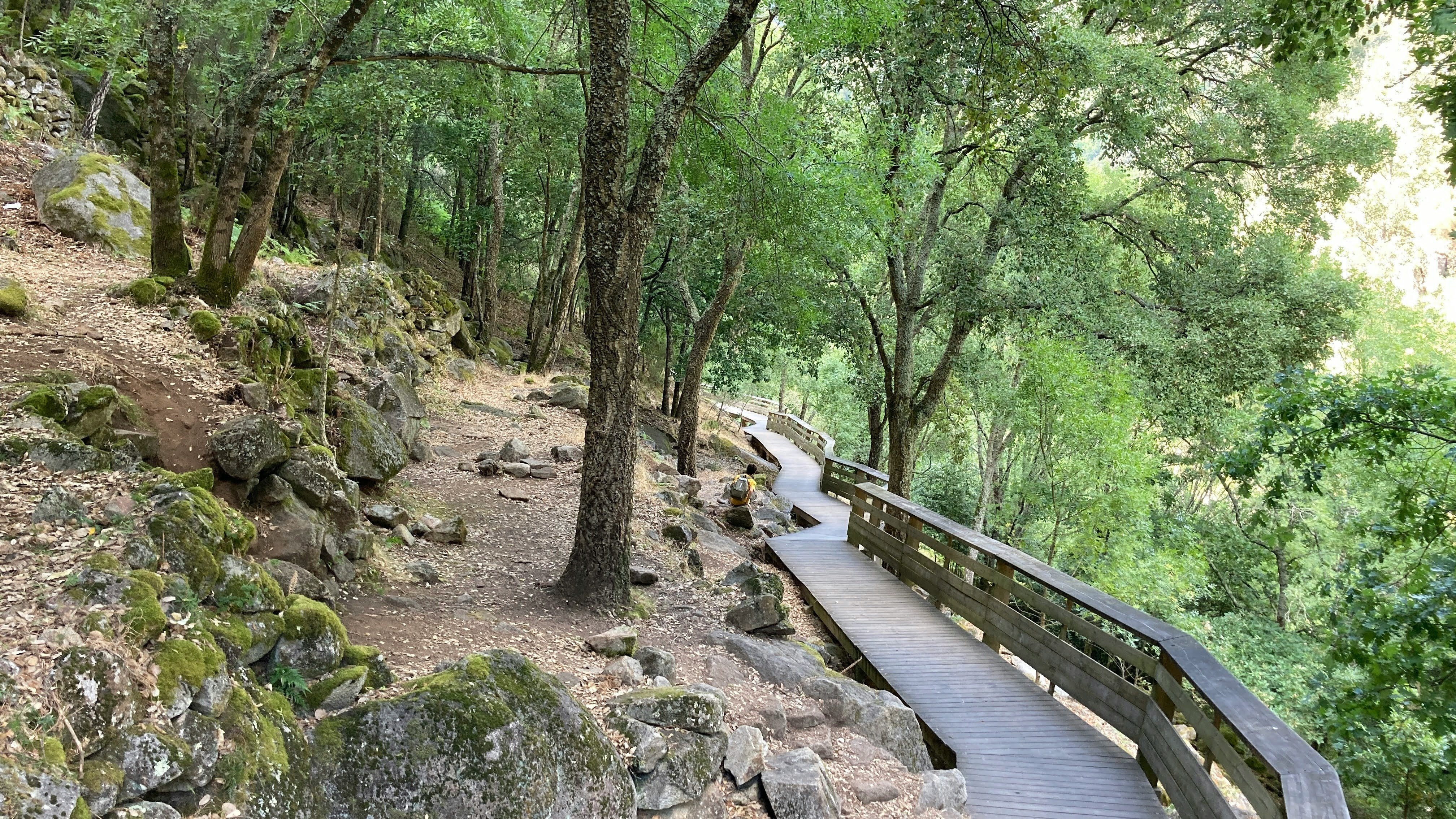
9. Castro Marim (Algarve, but less touristy)
Why visit: Close to the border with Spain, it has a castle, salt pans, and a rural atmosphere.
Attractions: Castle, Sapal Nature Reserve, medieval festivals.
What to do:
Visit the castle and the Sapal nature reserve.
Climb up to the fortress and viewpoints overlooking the border with Spain.
Local experience: Birdwatching and a visit to the salt pans with fleur de sel tasting.
Typical gastronomy: Fish cataplana, xarém (corn porridge), carob jam.
10. Idanha-a-Velha (Beira Baixa)
Why visit: Small village with Roman and Visigothic ruins.
Attractions: Ancient cathedral, ruins, tranquillity and nature.
What to do:
Idanha-a-Velha: Roman ruins, Visigothic cathedral, Templar tower.
Idanha-a-Nova: Historic centre, Mother Church, local market.
Local experience: Hike or e-bike ride through the countryside.
Typical gastronomy: Goat stew, handmade ham, homemade jams.
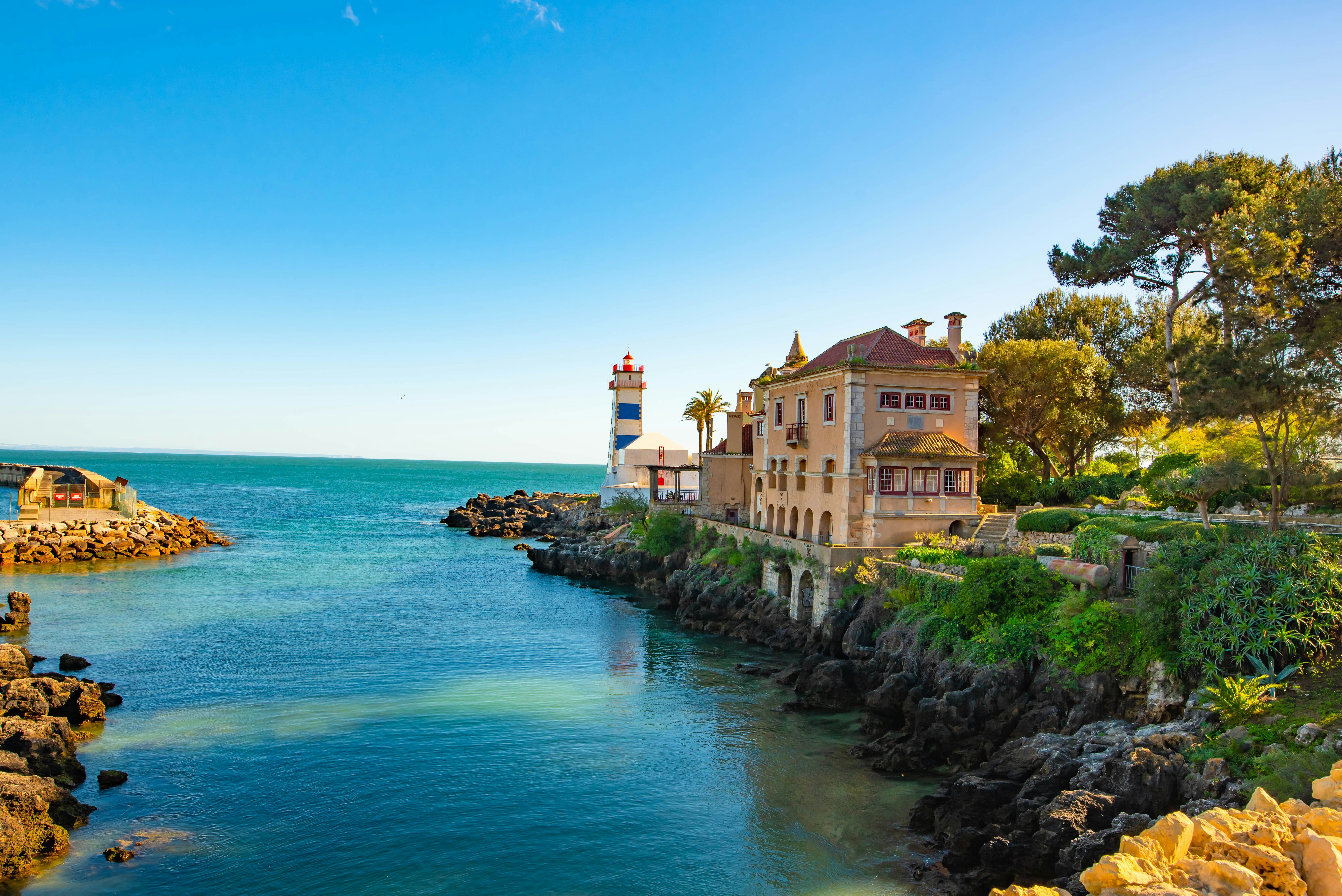
In this article, I've talked about beautiful and marvellous places for nature lovers. You'll probably need more sporty clothes to get the most out of these places, and you'll probably also need a car to get to some of these places easier.
